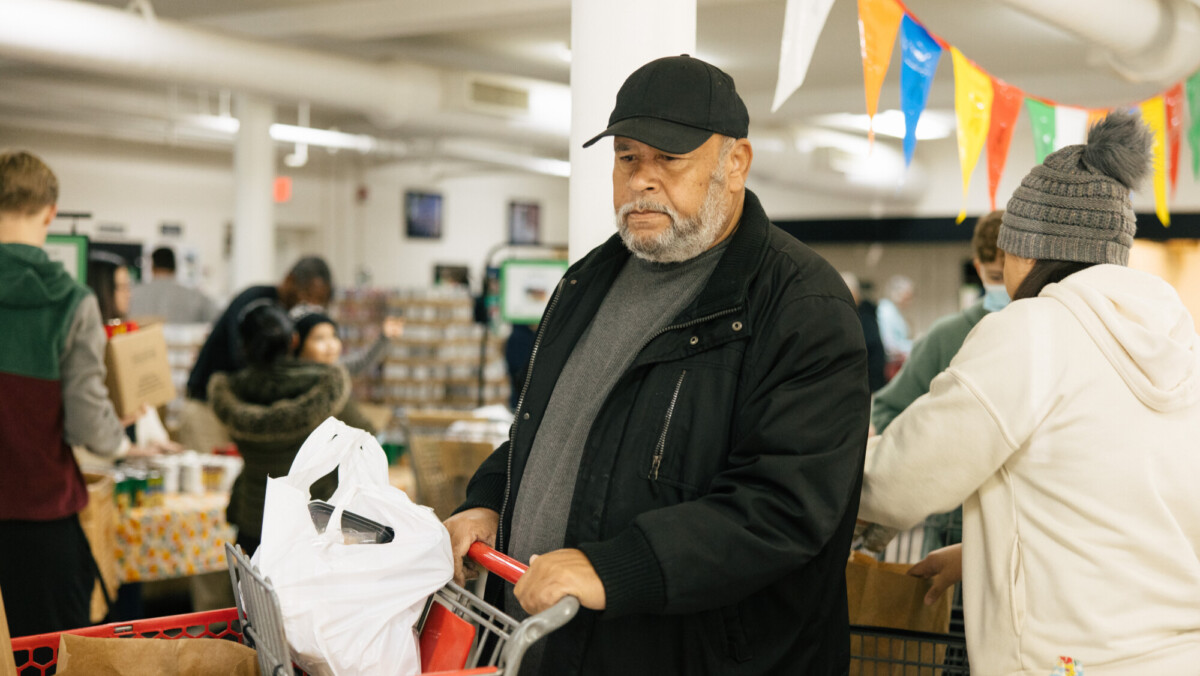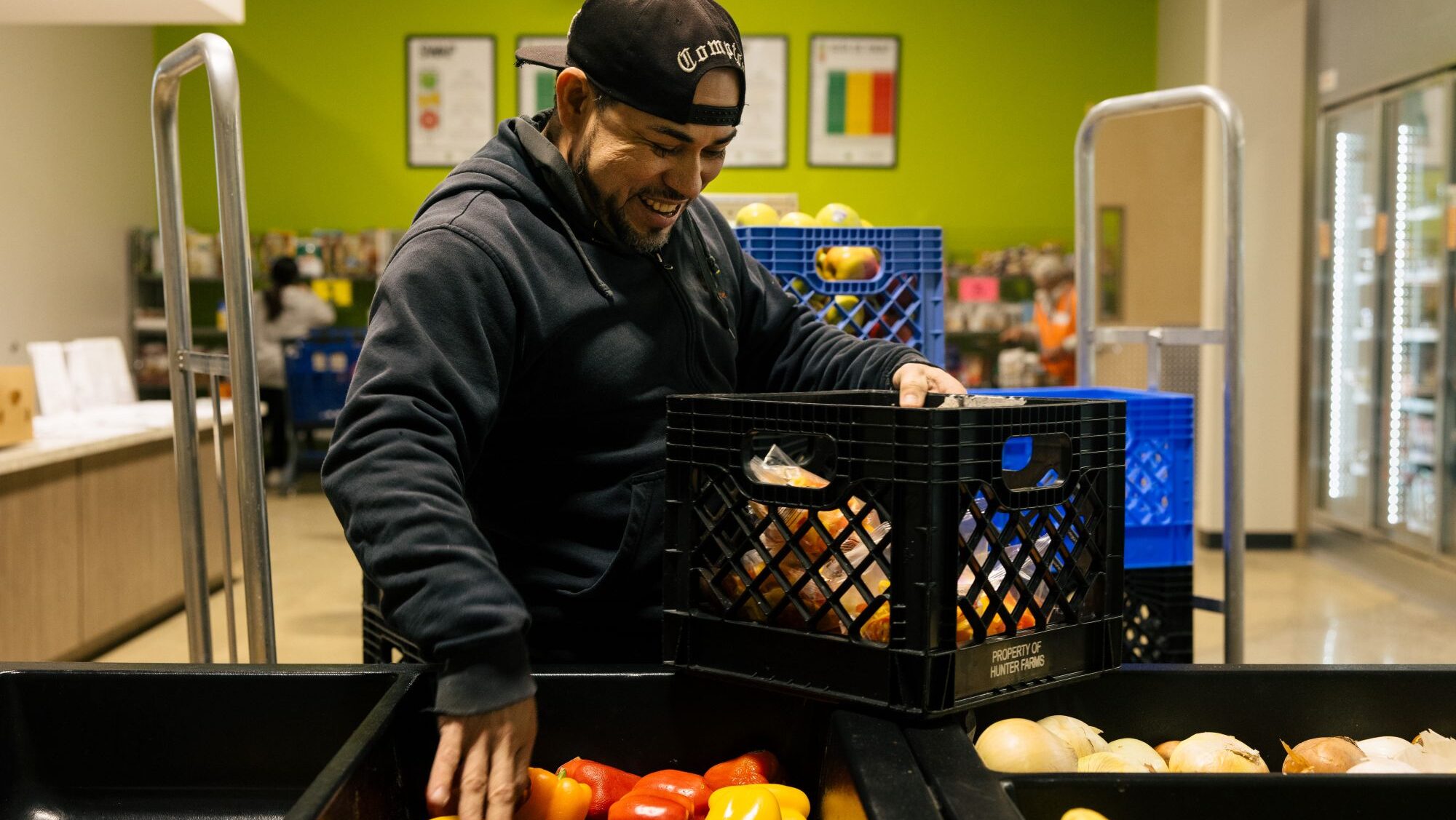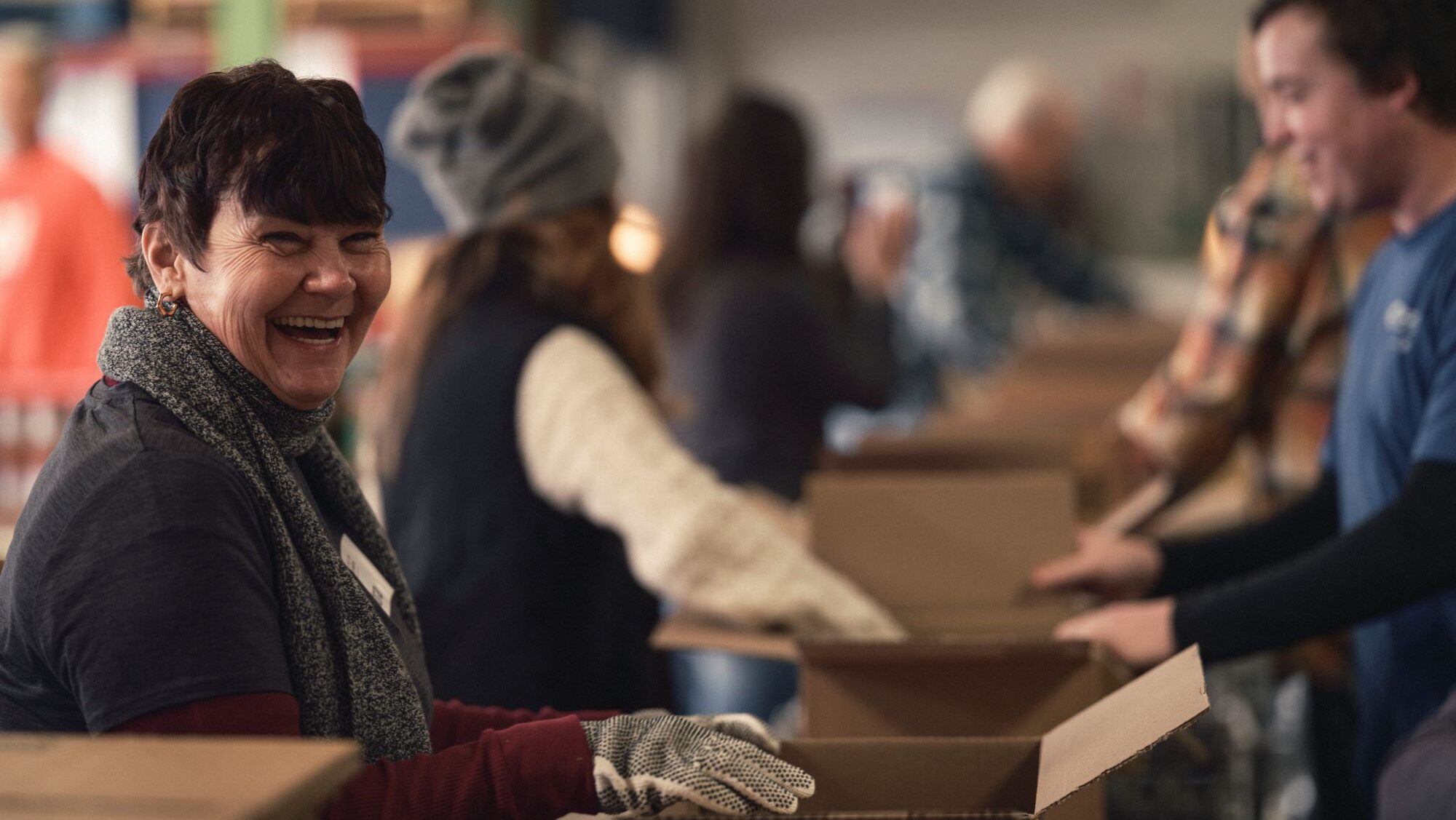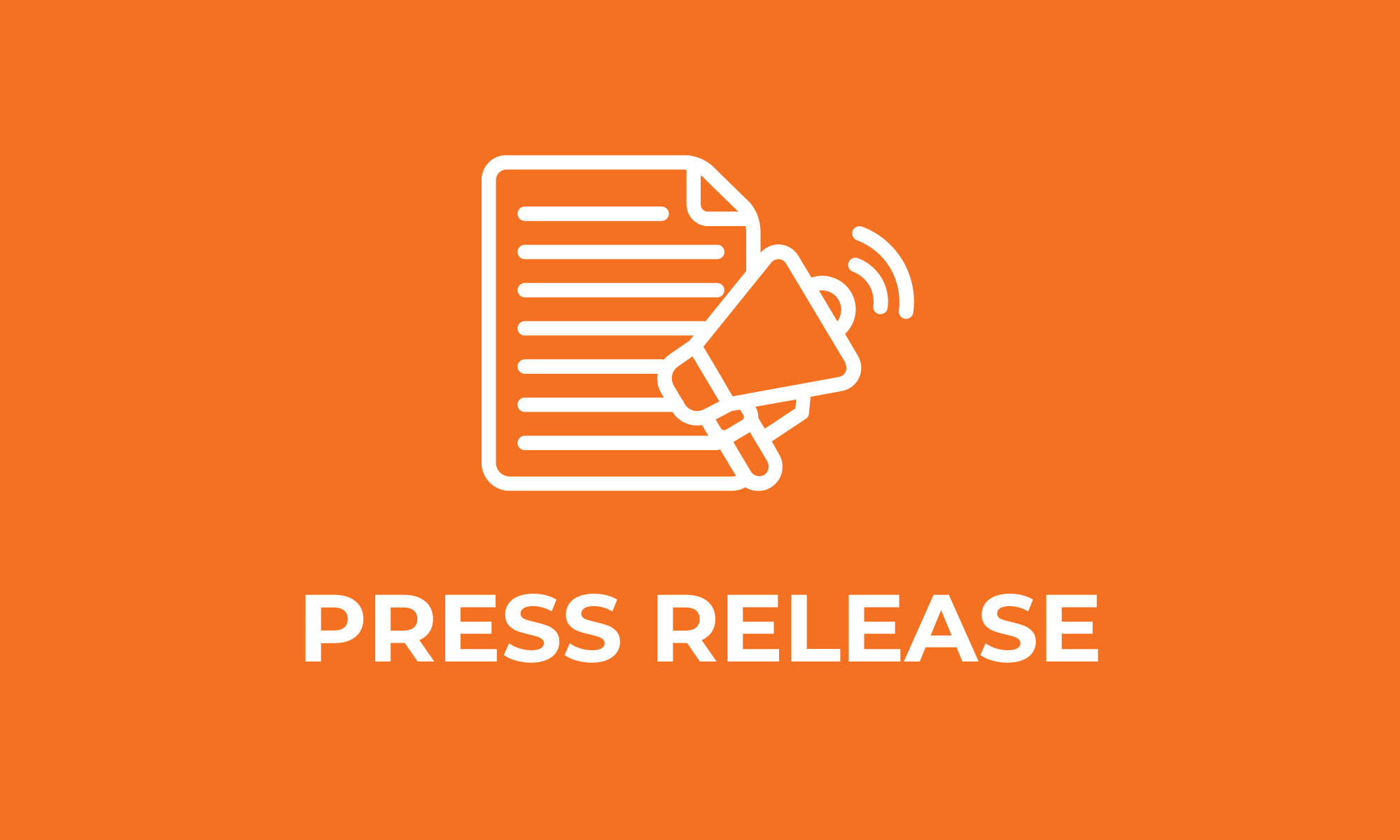For Cletus (pictured above), a retired senior living with food insecurity and diabetes, food is medicine. To manage his disease, he needs to follow a healthy diet. But he cannot afford to stock up on costly fruits and vegetables at the grocery store.
Cletus is one of more than 200,000 people in central and western Virginia whose finances are too strained to make the healthy choices they want to.
Our neighbors aren’t just facing food insecurity, they’re facing nutrition insecurity. Calories are lacking and so is nutrition.
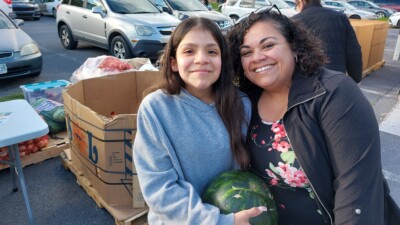
Meet Jessica and Juliza
Jessica (right) and her daughter Juliza (left) visit the Neighborhood Produce Market in Harrisonburg to pick up free groceries for her household. She shares, “Everything is so expensive. Getting the fruits and vegetables here makes it easier on me to provide some food for my kids.”
Jessica relies on the Neighborhood Produce Market to supplement the food supply for her family of four. She says, “Even though I have a job—with the increase in rent, bills, and everything, it’s just getting so hard to maintain.” She has health issues that require her to watch her diet, and she notes that healthy food costs more than junk food. “I’m very thankful to everybody who donates—that helps us.”
Not having access to nutritious food can make it harder to stay healthy and manage health conditions like heart disease and diabetes. It also often adds stress, which can impact physical and mental health.
Poor nutrition is costly, for all of us
Good nutrition is expensive for people and for food banks. But poor nutrition is costly as well, for people and for our community.
Consider the child who is falling behind in school, the employee who doesn’t have the energy to keep up at work, the grandparent who is becoming increasingly ill and frail—all because of an inadequate diet. Individuals living with food insecurity are more likely to have diabetes, heart disease, depression, and anxiety, and spend more on healthcare each year, than people who are food secure.
Compared to individuals who are food secure, individuals living with food insecurity:
- Are 2-3 times more likely to have diabetes
- Have 6 times the prevalence of heart disease
- Have a 257% higher risk of anxiety and a 253% higher risk of depression
- Spend $1,539 more on health care per year (on average)
More than half of the guests we surveyed recently told us that their health was poor or only fair, and an equal number said someone in their home had health-related dietary restrictions. Because the charitable food network is a regular source of food for many community members, if we don’t prioritize health, then they may not get a healthy diet. We must be (and are) part of the solution.
That’s why we are shifting our thinking from “food is charity” to “food is medicine.”
What does “food is medicine” mean?
“We see every day the direct connection between nutrition and chronic diseases. Our patients struggle to manage diabetes and heart disease when they lack nutritious food,” says Dr. Clint Merritt, Chief Physician Executive at Augusta Health in Fishersville, Va., and also a member of the Food Bank’s Board of Directors.
Food is increasingly being seen as a medically necessary treatment to address the specific health needs of individuals. At Augusta Health’s clinics and hospital, Dr. Merritt says, “We are asking each patient about their food security, wanting to understand if this is a key driver in a patient’s health. We are also building a network of community partners (like the Food Bank) and interventions so we can provide this important medicine in our community.”
Meet Alyssa: Care and Nourishment at Augusta Health
Alyssa is feeding four growing children on a tight budget. Her husband works full-time now but his wages have not kept up with the high cost of living.
She cans food to make it last and makes her own bread to save money. And now Alyssa picks up fresh produce at the Augusta Health Food Pantry (a Food Bank Food Pharmacy site), where she also receives her health care.
“It has helped me be able to eat healthier and put my health first. … I always have struggled with eating healthy but when I am given the option that encourages me to follow through.”
She’s grateful and is not sure how she would be able to bring fresh produce home to her family otherwise.
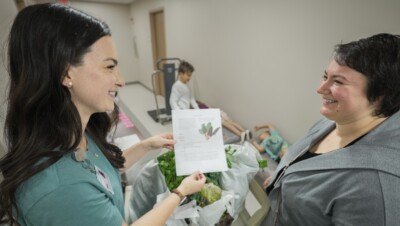
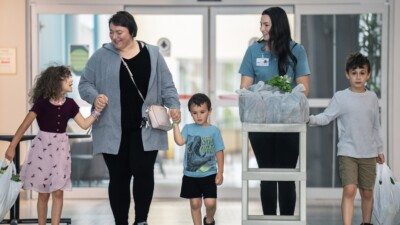

What does the movement look like in the Blue Ridge?
The Food Bank and its partner network are expanding health initiatives in several important ways:
- We’re improving access to and consumption of nutritious food through the statewide Healthy Pantry Initiative: 120 of our pantry partners have agreed to implement one or two of the 20 designated healthy practices this year. These practices focus on food availability to meet individual dietary needs, health education for healthy choice making, a neighbor-centered approach to remove barriers to access, and community connection to other resources.
- We’re setting up pantries in clinical settings through the Food Pharmacy program (20 sites to date): While they are getting medical care, patients with chronic health conditions who are food insecure receive foods that meet their nutritional needs. In addition to food, patients receive nutrition education and a referral to more community food resources.
- We’re improving the nutritional profile of our food inventory: Using evidence-based nutrition guidelines built into tracking software (Nourish, developed by our Food Bank and James Madison University), we are buying a variety of nutrient-dense and culturally responsive foods, while also striving for a varied inventory of healthy choices.
Augusta Health is incredibly fortunate to be working with the Blue Ridge Area Food Bank; they have become an invaluable partner in our mission to improve health in our community. Their team is energetic, creative and impactful in the collaborative work that they do with health system partners.
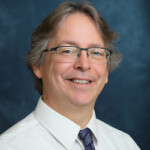
What’s next?
The “food is medicine” movement is rapidly bringing national, state, and local resources to our work.
Earlier this year, Feeding America entered a formal partnership with the U.S. Department of Health and Human Services to collaborate on research, communication, program implementation, and policy priorities. A national workgroup, including representatives from the Blue Ridge Area Food Bank, is crafting a national strategy to improve health care patient access to nutritious foods.
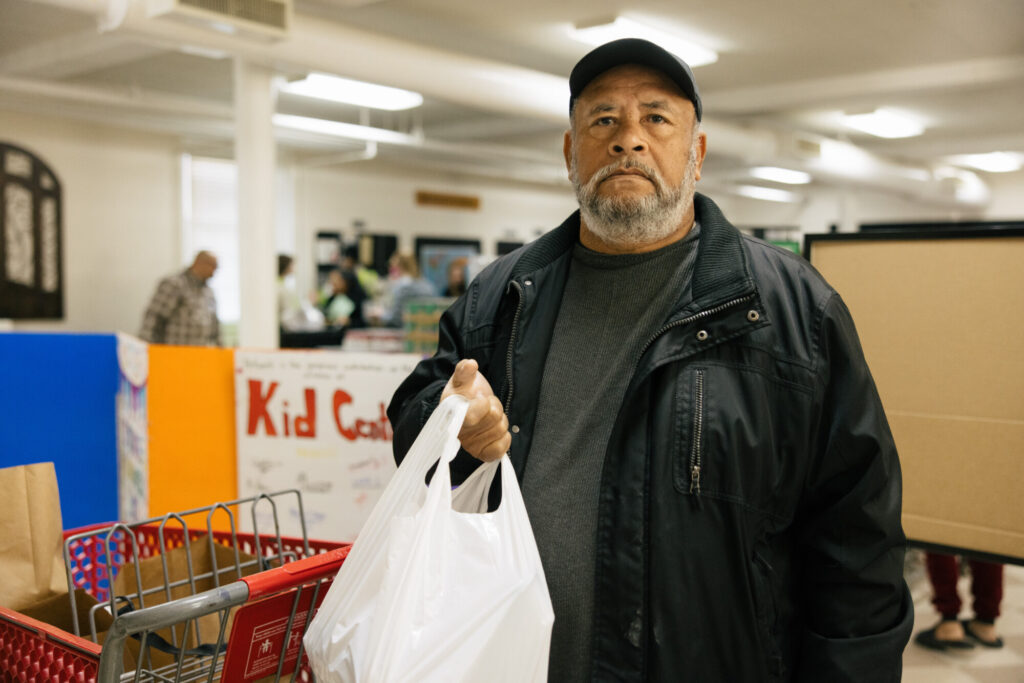
Meet Cletus
A retired senior trying to afford diabetes medicine and a healthy diet, Cletus visits Empowering Culpeper to pick up fruits, vegetables, and frozen meats. He’s grateful because, “You almost got to get a loan to get some of [these groceries].”
Through the Federation of Virginia Food Banks, the state’s seven food banks have committed to improving the equitable distribution, availability, nutritional profile, and cultural suitability of the food offered to Virginians living with food insecurity in a concerted effort to prevent and combat diet-related disease.
The Food Bank is:
- Advocating for policy change such as a stronger farm bill (which would provide more food for food banks and people) and Medicaid changes to support patients living with food insecurity.
- Focusing on data collection and analysis to better understand the needs of people experiencing hunger.
- Continuing to participate in state and federal “Food Is Medicine” projects.
How Can You Help?
We are committed to working alongside neighbors experiencing food insecurity to make sure everyone has what they need to thrive, but we need your help to make this vision a reality. When you support the Food Bank, you are giving more than food. Here are some steps you can take to make a difference in your community:
- Learn more about our strategic health focus by reading our blog.
- Sign up for a volunteer shift at one of our warehouses or offsite distributions.
- Consider making a donation to support this work.
- Read about this topic and more in our most recent issue of Harvest.
 Chew On This
Chew On This
